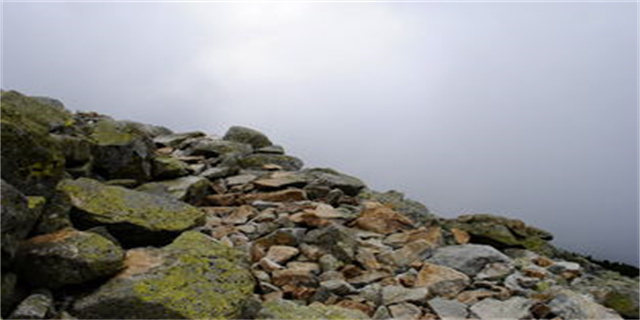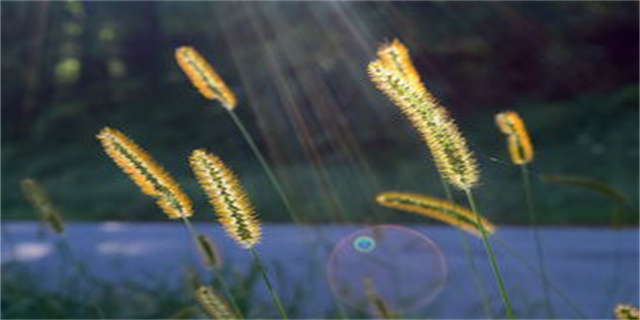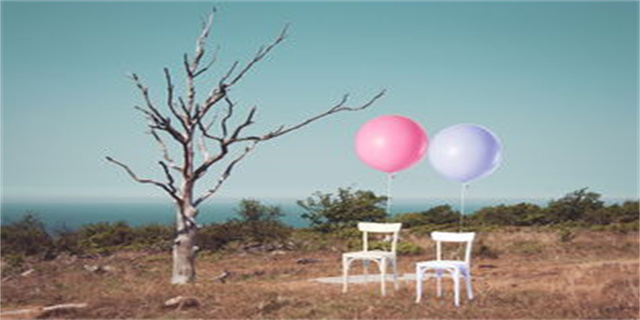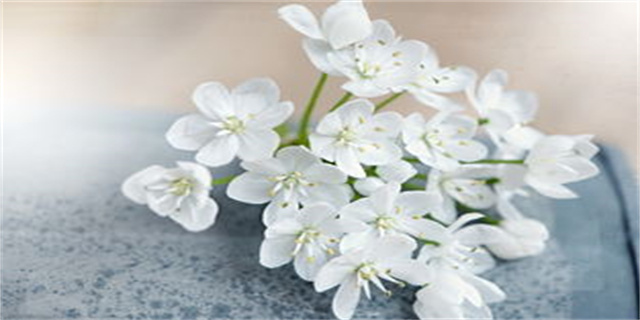最佳答案Remarked: The Art of ObservationIn a world buzzing with constant distractions, it is easy to overlook the beauty and intricacies that surround us. However, taki...
Remarked: The Art of Observation
In a world buzzing with constant distractions, it is easy to overlook the beauty and intricacies that surround us. However, taking the time to observe and appreciate the world around us can have a profound impact on our lives. This article delves into the art of observation, highlighting its importance and offering tips on how to enhance this valuable skill.
The Power of Observation
Observation is much more than simply seeing. It is an active process that involves perceiving details, analyzing their significance, and gaining a deeper understanding of the subject at hand. The power of observation lies in its ability to inspire creativity, enhance problem-solving skills, and foster a deeper connection with the world around us.
By honing our powers of observation, we open ourselves up to new perspectives and ideas. This heightened awareness allows us to notice the subtle details that often go unnoticed and gain fresh insight from even the most mundane experiences. Observing the world through a different lens enables us to break free from conventional thinking and find innovative solutions to complex problems.

Enhancing the Skill of Observation
Like any skill, observation can be developed and improved over time. Here are a few strategies to enhance this valuable skill:
1. Cultivate Mindfulness
Practicing mindfulness involves being fully present in the moment and paying attention to your surroundings without judgment. Mindfulness allows you to engage all your senses and notice even the smallest details that might otherwise be overlooked. Taking a few minutes each day to sit quietly and observe your surroundings is a simple yet powerful way to cultivate this skill.

2. Embrace Curiosity
Curiosity is the fuel that drives observation. By adopting a curious mindset, you become more receptive to the world around you. Ask yourself questions and seek answers. Wonder why things look the way they do or what motivated someone to create a particular piece of artwork. Embracing curiosity encourages you to dig deeper and uncover hidden gems that may have otherwise gone unnoticed.
3. Practice Active Listening
Observation extends beyond visual perception; it also involves actively listening. Engage in conversations with others, ask open-ended questions, and truly listen to their responses. Pay attention to the nuances in their voice, the emotions conveyed through their words, and the unspoken messages communicated through body language. Active listening allows for a deeper understanding of others and enables you to observe the world from different perspectives.
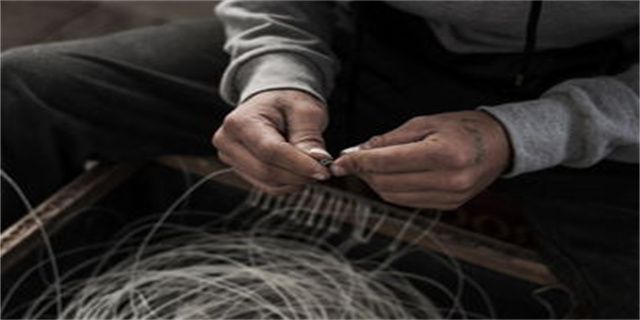
The Joy of Observing
Observation is not just a skill but a mindset that enriches our lives. By making a conscious effort to observe the world around us, we can find joy in the simplest of things. From the intricate patterns in a flower petal to the interplay of light and shadow on a city street, the beauty of our surroundings becomes more apparent.
The art of observation allows us to slow down and appreciate the present moment. It encourages us to immerse ourselves fully in our surroundings, finding wonder in the mundane and appreciating the extraordinary in the ordinary. By cultivating this skill, we can experience a greater sense of gratitude, inspiration, and connection to the world and the people around us.
So, the next time you find yourself immersed in the chaos of life, take a step back, and observe. You might be surprised by the immense beauty and inspiration that surrounds you, just waiting to be discovered.



